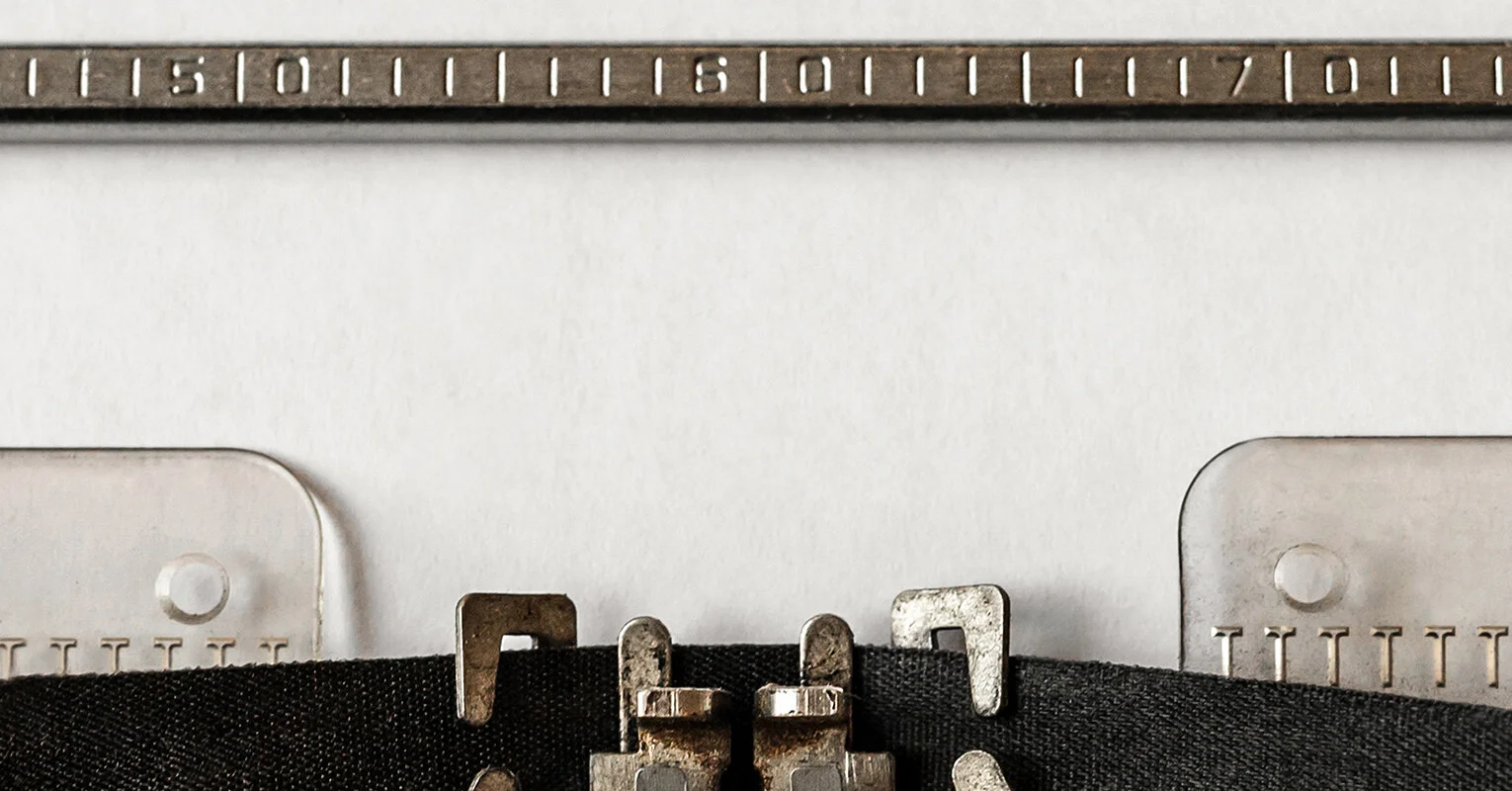In this article, we’ll walk you through the process of creating virtual data models in SAP Data Warehouse Cloud to make your data easily available to business users.
Unboxing SAP Data Warehouse Cloud – Part 3
Unboxing SAP Data Warehouse Cloud – Part 2
Unboxing SAP Data Warehouse Cloud – Part 1
Why you should consider Snowflake as your next generation cloud data platform
Choosing the right cloud data platform for your organisation involves a complex assessment of competing features. But for many businesses evaluating the main subscription based options, one of the most important considerations is cost. Transitioning to a cloud based data platform can have significant impact on budgets, especially if spending is difficult to accurately plan for and control.
5 reasons SAP HANA users should upgrade to the latest version of SAP Data Services 4.2 today
Top 3 industry events in the Middle East for IT Management
B-tree vs Bitmap indexes: Consequences of Indexing - Indexing Strategy for your Oracle Data Warehouse Part 2
On my previous blog post B-tree vs Bitmap indexes - Indexing Strategy for your Oracle Data Warehouse I answered two questions related to Indexing: Which kind of indexes can we use and on which tables/fields we should use them. As I promised at the end of my blog, now it´s time to answer the third question: what are the consequences of indexing in terms of time (query time, index build time) and storage?
Consequences in terms of time and storage
To tackle this topic I’ll use a test database with a very simplified star schema: 1 fact table for the General Ledger accounts balances and 4 dimensions - the date, the account, the currency and the branch (like in a bank).
To give an idea of the table size, Fact_General_Ledger has 4,5 million rows, Dim_Date 14 000, Dim_Account 3 000, Dim_Branch and Dim_Currency less than 200.
We’ll suppose here that the users could query the data with filter on the date, branch code, currency code, account code, and the 3 levels of the Balance Sheet hierarchy (DIM_ACCOUNT.LVLx_BS) . We assume that the descriptions are not used in filters, but in results only.
Here is the query we will use as a reference:
Select
d.date_date,
a.account_code,
b.branch_code,
c.currency_code,
f.balance_num
from fact_general_ledger f
join dim_account a on f.account_key = a.account_key
join dim_date d on f.date_key = d.date_key
join dim_branch b on f.branch_key = b.branch_key
join dim_currency c on f.currency_key = c.currency_key
where
a.lvl3_bs = 'Deposits With Banks' and
d.date_date = to_date('16/01/2012', 'DD/MM/YYYY') and
b.branch_code = 1 and
c.currency_code = 'QAR' -- I live in Qatar ;-)
So, what are the results in terms of time and storage?
Some of the conclusions we can draw from this table are:
Using indexes pays off: queries are really faster (about 100 times), whatever the chosen index type is.
Concerning the query time, the index type doesn’t seem to really matter for tables which are not that big. It would probably change for a fact table with 10 billion rows. There seems however to be an advantage to bitmap indexes and especially bitmap join indexes (have a look at the explanation plan cost column).
Storage is clearly in favor of bitmap and bitmap join indexes
Index build time is clearly in favor of b-tree. I’ve not tested the index update time, but the theory says it’s much quicker for b-tree indexes as well.
Ok, I´m convinced to use Indexes. How do I create/maintain one?
The syntax for creating b-tree and bitmap indexes is similar:
Create Bitmap Index Index_Name ON Table_Name(FieldName)
In the case of b-tree indexes, simply remove the word “Bitmap” from the query above.
The syntax for bitmap join indexes is longer but still easy to understand:
create bitmap index ACCOUNT_CODE_BJ
on fact_general_ledger(dim_account.account_code)
from fact_general_ledger,dim_account
where fact_general_ledger.account_key = dim_account.account_key
Note that during your ETL, you’d better drop/disable your bitmap / bitmap join indexes, and re-create/rebuild them afterwards, rather than update them. It is supposed to be quicker (however I’ve not made any tests).
The difference between drop/re-create and disable/rebuild is that when you disable an index, the definition is kept. So you need a single line to rebuild it rather than many lines for the full creation. However the index build times will be similar.
To drop an index: “drop index INDEX_NAME”
To disable an index: “alter index INDEX_NAME unusable”
To rebuild an index: “alter index INDEX_NAME rebuild”
Conclusion
The conclusion is clear: USE INDEXES! When properly used, they can really boost query response times. Think about using them in your ETL as well: making lookups can be much faster with indexes.
If you’d like to go any further I can only recommend that you read the Oracle Data Warehousing Guide. To get it just look for it on the internet (and don’t forget to specify the version of your database – 10.2, 11.1, 11.2, etc.). It’s a quite interesting and complete document.
B-tree vs Bitmap indexes - Indexing Strategy for your Oracle Data Warehouse Part 1
Some time ago we’ve seen how to create and maintain Oracle materialized views in order to improve query performance. But while materialized views are a valuable part of our toolbox, they definitely shouldn’t be our first attempt at improving a query performance. In this post we’re going to talk about something you’ve already heard about and used, but we will take it to the next level: indexes.
Why should you use indexes? Because without them you have to perform a full read on each table. Just think about a phone book: it is indexed by name, so if I ask you to find all the phone numbers of people whose name is Larrouturou, you can do that in less than a minute. However if I ask you to find all the people who have a phone number starting with 66903, you won’t have any choice but reading the whole phone book. I hope you don’t have anything else planned for the next two months or so.
It’s the same thing with database tables: if you look for something in a non-indexed multi-million rows fact table, the corresponding query will take a lot of time (and the typical end user doesn’t like to sit 5 minutes in front of his computer waiting for a report). If you had used indexes, you could have found your result in less than 5 (or 1, or 0.1) seconds.
I’ll answer the following three questions: Which kind of indexes can we use? On which tables/fields shall we use them? What are the consequences in terms of time (query time, index build time) and storage?
Which Kind Of Indexes Can We Use?
Oracle has a lot of index types available (IOT, Cluster, etc.), but I’ll only speak about the three main ones used in data warehouses.
B-tree Indexes
B-tree indexes are mostly used on unique or near-unique columns. They keep a good performance during update/insert/delete operations, and therefore are well adapted to operational environments using third normal form schemas. But they are less frequent in data warehouses, where columns often have a low cardinality. Note that B-tree is the default index type – if you have created an index without specifying anything, then it’s a B-tree index.
Bitmap Indexes
Bitmap indexes are best used on low-cardinality columns, and can then offer significant savings in terms of space as well as very good query performance. They are most effective on queries that contain multiple conditions in the WHERE clause.
Note that bitmap indexes are particularly slow to update.
Bitmap Join Indexes
A bitmap join index is a bitmap index for the join between tables (2 or more). It stores the result of the joins, and therefore can offer great performances on pre-defined joins. It is specially adapted to star schema environments.
On Which Tables/Fields Shall We Use Which Indexes?
Can we put indexes everywhere? No. Indexes come with costs (creation time, update time, storage) and should be created only when necessary.
Remember also that the goal is to avoid full table reads – if the table is small, then the Oracle optimizer will decide to read the whole table anyway. So we don’t need to create indexes on small tables. I can already hear you asking: “What is a small table?” A million-row table definitely is not small. A 50-row table definitely is small. A 4532-row table? I´m not sure. Lets run some tests and find out.
Before deciding about where we shall use indexes, let’s analyze our typical star schema with one fact table and multiple dimensions.
Let’s start by looking at the cardinality column. We have one case of uniqueness: the primary keys of the dimension tables. In that case, you may want to use a b-tree index to enforce the uniqueness. However, if you consider that the ETL preparing the dimension tables already made sure that dimension keys are unique, you may skip this index (it’s all about your ETL and how much your trust it).
We then have a case of high cardinality: the measures in the fact table. One of the main questions to ask when deciding whether or not to apply an index is: “Is anyone going to search a specific value in this column?” In this example I´ve developed I assume that no one is interested in knowing which account has a value of 43453.12. So no need for an index here.
What about the attributes in the dimension? The answer is “it depends”. Are the users going to do searches on column X? Then you want an index. You’ll choose the type based on the cardinality: bitmap index for low cardinality, b-tree for high cardinality.
Concerning the dimension keys in the fact table, is anyone going to perform a search on them? Not directly (no filters by dimension keys!) but indirectly, yes. Every query which joins a fact table with one or more dimension tables looks for specific dimension keys in the fact table. We have got two options to handle that: putting a bitmap key on every column, or using bitmap join keys.
Further Inquiries...
Are indexes that effective? And what about the storage needed? And the time needed for constructing/ refreshing the indexes?
We will talk about that next week on the second part of my post.











